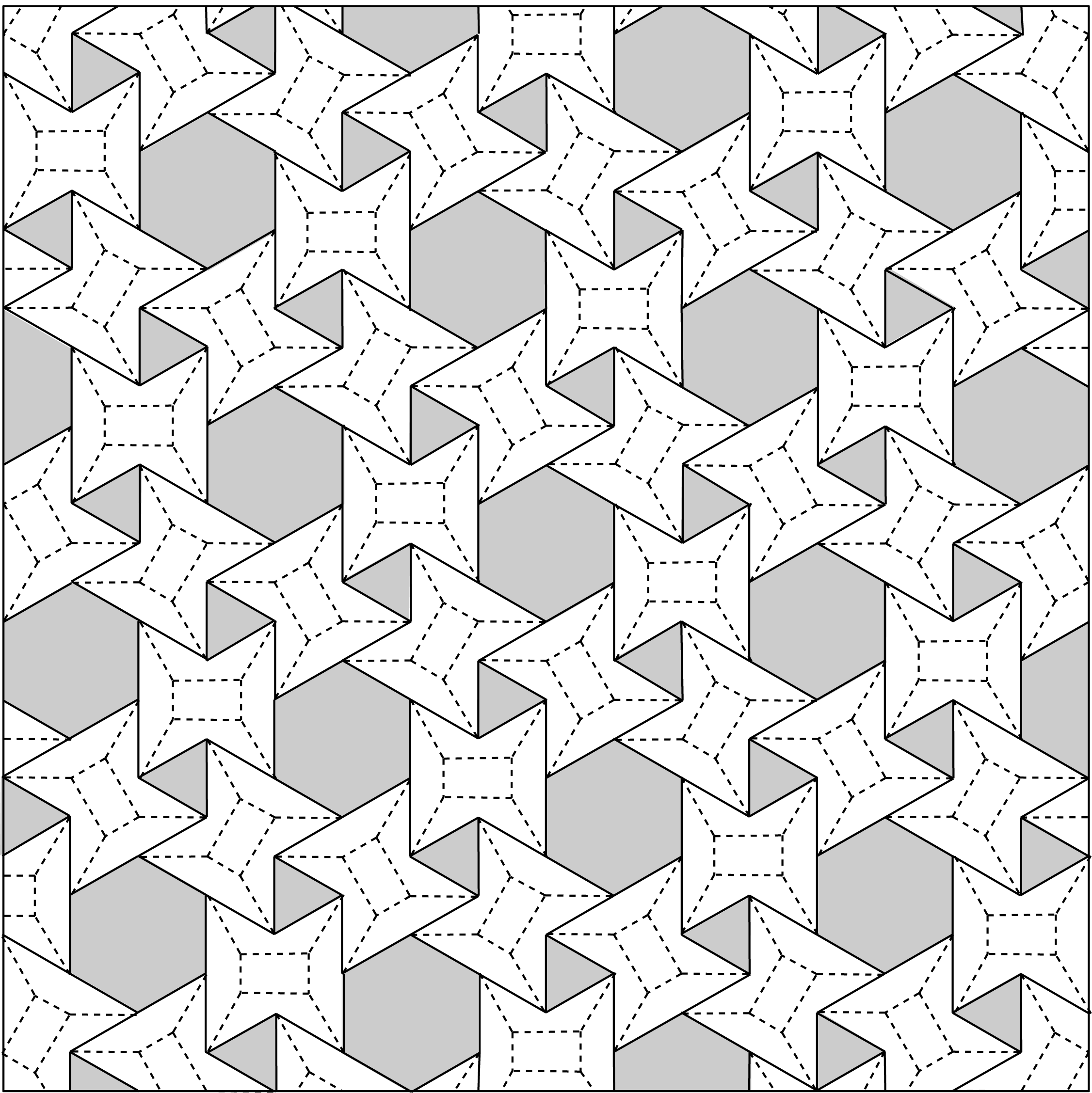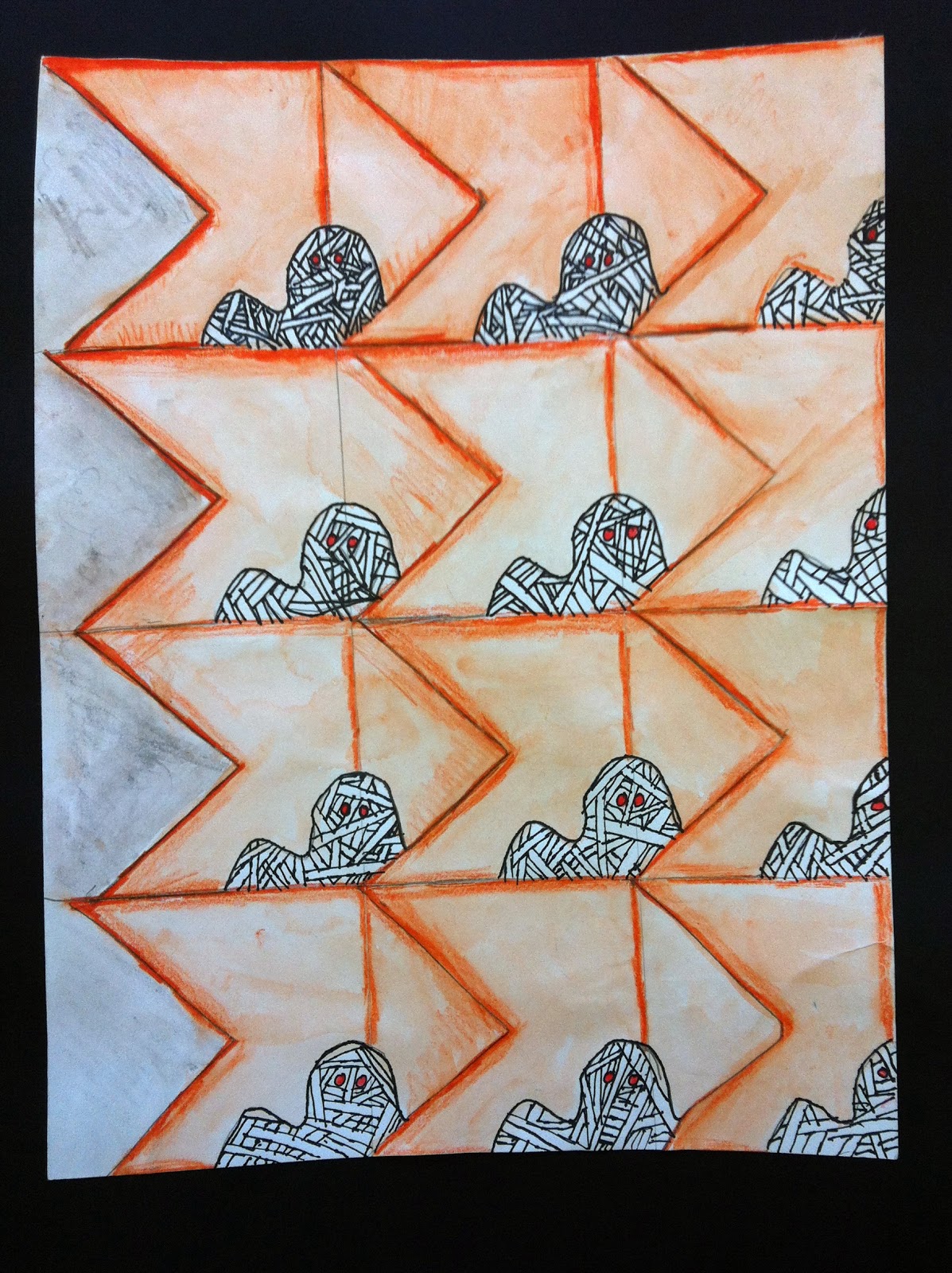

The chosen research pattern is 46 freshman students in Eskiºehir Vocational School at the Anadolu University in 1998-99 academic year. The purpose of this research is to investigate the effects of various different level high school mathematics courses, on the students' further educational performance, namely, their achievements on freshman college calculus course.

The children were fast to realize the importance of tidy composition, to solve the arising difficulties, and to generalize the experience in some other contexts. After gaining some new knowledge during the process of origami applique activities designed to teach the possibilities in changing direction and size, the pupils were eager to apply various structures elsewhere. When creating line-type ornaments, they concentrated on one possible feature to make the rhythm, often mostly ignoring such possibilities as repetitions in number, direction, and size. The results showed that 2nd graders were able to replicate a simple rhythm without making mistakes. After employing content analysis, for the sake of visual illustrations of the results, the main features of various task performance were depicted using some typical real examples from the paper crafts of the students. The data were gathered by collecting paper crafts made by students and by audiotaping the discussions with these children. They had to realize the basic underlying structures for completing such tasks. The participants had to also use their experience acquired in the aforementioned tasks for further tasks, which required them to create their own patterns. The pupils were asked to make some compositions of origami applique based on certain rules set for them.

Fourteen participants took part in the study. The study was held during the following 3 stages: the investigation of simple repeating, the exploration of rhythmical directional changes, and the examination of rhythmical size changes. We used action research in this article – our study contained some trials of learning to understand composition and structures by completing some origami applique tasks pupils from the 2nd grade were our study participants. In the case of learning Math, rhythm can aid in comprehending various structures. In Music and Arts, rhythm is first a way to make compositions. For this purpose, we chose the concept of rhythm as a means of repeating found in different contexts. In this study, we investigated the expression of the pattern concept in primary education. The length of the interviews varied between 35-45 minutes. For this research, database includes the participants' verbal remarks, written tessellation material and observable actions collected via videotapes during tessellation activity. 6 different tessellations (regular, semi-regular, irregular) were asked to each participant. Each student was interviewed and videotaped while attempting to identify geometric shapes and construct tessellation by using informal language in construction of tessellations. Methods: The participants of the study were 9 fifth grade students. In this research van Hiele levels were used as a basis for analyzing the students van Hiele geometrical levels in 6 different tessellations and also the relationship between students' mathematical academic levels and Van Hiele geometrical levels in tessellation were tried to determine. If students do not understand tessellations in the intended ways the development of properties of the shapes, symmetry may be lacked. SUMMARY Purpose and Significance: In mathematics, tessellations are repeated patterns of geometric shapes that cover a surface. Besides, it was determined that there is a relation between students' mathematical achievement and van Hiele geometric thinking levels in tessellation. As a result, it was obtained that the fifth grade students' van Hiele geometric thinking levels in tessellation are visual and analytic.
#Tessellation code
In data analysis descriptor code key, which is similar to a key code, developed by Callingham (2004) were used. Data were collected through clinical interviews. 9 fifth grade students were chosen as participants. The research was conducted in a primary school in Eskiehir. This research has been conducted to determine fifth grade students' van Hiele geometric thinking levels in tessellation.


 0 kommentar(er)
0 kommentar(er)
